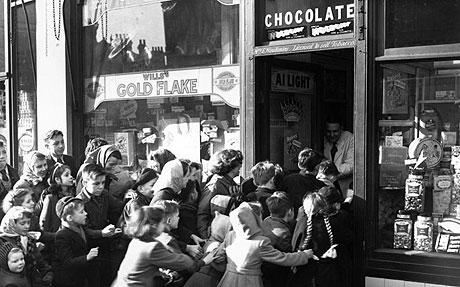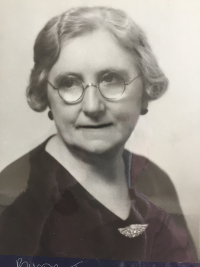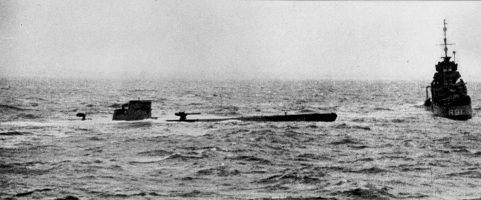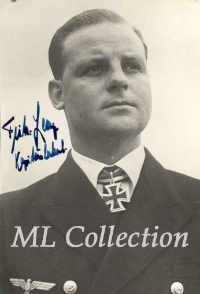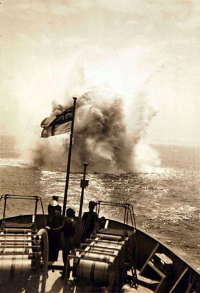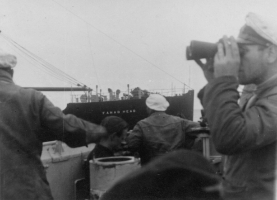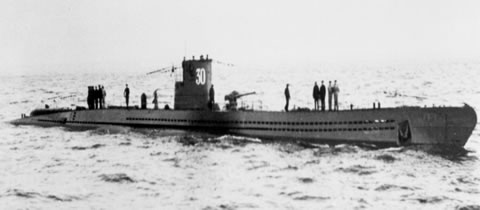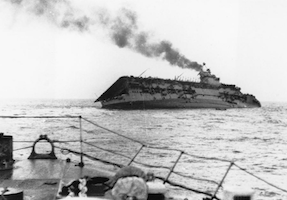 Where was the British Royal Family throughout World War II?
Where was the British Royal Family throughout World War II?
And how did George VI unexpectedly become King in 1936?
When King George V died in January 1936, Edward, the eldest son, became King.
Edward created a scandal less than a year later when he gave up the throne to marry Wallis Simpson, an American divorcee. Thus, his younger brother, Albert, became George VI, monarch of the United Kingdom, a duty he never expected would fall to him.
The film “The King’s Speech” depicted George VI and his broadcast to the British people after Britain’s Declaration of War against Germany on September 3, 1939. George VI was in the third year of his reign as King.
The King and Queen remained at Buckingham Palace throughout the War.
Their daughters, Princesses Elizabeth (the present Queen of England) and Margaret, were sent to Windsor Castle, about 30 miles from London, for safety. They lived there until the end of the war in 1945…visited by their parents on weekends.
All valuables in Buckingham Palace were removed or protected. The horses and carriages from The Royal Mews also were moved to Windsor and the horses were put to work on the farm.
Like all other girls her age, in 1942 Princess Elizabeth (aged 16), registered at a labor exchange. She wanted to volunteer as a nurse in bombed-out areas of London, but the King thought it was too dangerous.
In 1945, (aged 18) she was permitted to join the ATS (Auxiliary Territorial Service). She learned to drive and repair heavy vehicles.
King George and his wife, Queen Elizabeth (he had married Lady Elizabeth Bowes-Lyon in 1923) did not remain hidden in the Palace during the War. They displayed real care and concern for the people of London by visiting many areas that suffered heavy bombing. The King even went abroad to visit his troops in France and North Africa. The British people felt that their Royal Family shared their suffering and were united with the people.
Buckingham Palace actually suffered nine direct hits by German bombs during the “blitz.”
As the Nazis advanced through Europe, Britain offered refuge to European heads of state including King Haakon of Norway, King Peter of Yugoslavia and Queen Wilhemina of the Netherlands.
The George Medal and George Cross were created by King George VI to honor “many acts of heroism performed both by male and female persons especially during the present war.” The George Cross is one of the nation’s highest award for extreme bravery. (The Victoria Crosses the highest symbol of bravery in battle.)
The George Cross was awarded directly to 155 people, 84 posthumously.
On V.E. Day (May 8, 1945) the King, the Queen, Princesses Elizabeth and Margaret, and Winston Churchill appeared together on the balcony at Buckingham Palace to greet the cheering crowds. Police officers escorted the Princesses as they mingled in the crowds to celebrate the end of the War.
Here is an excerpt from The King’s Speech:
“It is to this high purpose that I now call my people at home, and my peoples across the seas, who will make our cause their own. I ask them to stand calm and firm and united in this time of trial.
The task will be hard. There may be dark days ahead, and war can no longer be confined to the battlefield, but we can only do the right as we see the right, and reverently commit our cause to God. If one and all we keep resolutely faithful to it, ready for whatever service or sacrifice it may demand, then with God’s help, we shall prevail.”


